The Vietnamese Martyrs also known as the Martyrs of Tonkin, Martyrs of Annam or Martyrs of IndoChina, and were collectively canonized by Pope John Paul II. Their feast day is 24 November although several of these saints have another memorial day as they were beatified and on the calendar prior to the canonization of the group.
It is not known precisely how many Catholics died for their faith between 1516 when the first Portuguese missionaries arrived in what is now Vietnam and the twentieth century (about 130,000 to 300,000 Vietnamese martyrs were killed); however, Pope John Paul II decided to canonize those whose names are known and unknown, giving them a single feast day. Principally, the Vietnamese Martyrs fall into several groupings, those of the Portuguese missionary era (16th Century), the Dominican and Jesuit missionary era of the (17th Century), the politically inspired persecutions of the (19th Century), and the Communist purges of the 20th Century. A representative sample of only 117 martyrs -including 96 Vietnamese, 11 Spanish Dominicans, and 10 French members of the Paris Society for Foreign Missions(Missions Etrangères de Paris) (MEP)— were beatified on four separate occasions: 64 by Pope Leo XIII on May 27, 1900, 8 by Pope Pius X on May 20, 1906, 20 by Pope Pius X on May 2, 1909, 25 by Pope Pius XII on April 29, 1951. All these 117 Vietnamese Martyrs were canonized on June 19, 1988 and a young Vietnamese Martyr, Andrew Phú Yên was beatified in March, 2000 by Pope John Paul II.
 The tortures these individuals underwent were among the worst in the history of Christian martyrdom. The means included cutting off limbs joint by joint, ripping living bodies with red hot tongs, and use of drugs to enslave the minds of the victims. Christians at the time were branded on the face with the words "ta dao"(false religion) and families and villages which subscribed to Christianity were obliterated.
The tortures these individuals underwent were among the worst in the history of Christian martyrdom. The means included cutting off limbs joint by joint, ripping living bodies with red hot tongs, and use of drugs to enslave the minds of the victims. Christians at the time were branded on the face with the words "ta dao"(false religion) and families and villages which subscribed to Christianity were obliterated.
Jesuit missionary Alexandre De Rhodes in the 17-th century perfected a written system of the Vietnamese language largely using the Roman alphabet with added diacritic markings, based on the work of earlier Portuguese missionaries. This sytem continues to be used today, and is called Quốc Ngữ (literally "national language").
 Later centuries (mainly, 19-th) had long periods of turbulence for the Catholic Church in Vietnam, including persecution of clergy and ordinary believers by Vietnamese authorities. Such events were described in Catholic Encyclopedia as the "Great Massacres", demonstrated the fierce determination of the Annamite rulers to destroy every vestige of the Christian faith. In Eastern Cochin China the martyrs included 15 priests (7 native), 60 catechists, 270 nuns, 24,000 Christians (out of 41, 234); all the charitable institutions and ecclesiastical buildings of the mission—including the episcopal curia, churches, presbyteries, 2 seminaries, a printing establishment, 17 orphanages, 10 convents, and 225 chapels — were destroyed. In Southern Cochin China 10 native priests and 8585 Christians were massacred in the Quang Tri Province alone—the two remaining provinces supplied hundreds of martyrs; two-thirds of the churches, presbyteries, etc. of the mission were pillaged and burned. In the Mission of Southern Tong-king, 163 churches were burned; 4799 Catholics were executed, while 1181 died of hunger and misery. These figures apply only to the year 1885. In 1883-1884 eight French missionaries, one native priest, 63 catechists and 400 Christians were massacred in Western Tong-king, while 10,000 Catholics only saved themselves by flight. The carnage extended even to the remote forests of Laos, where seven missionaries, several native priests, and thousands of Catholics were killed.
Later centuries (mainly, 19-th) had long periods of turbulence for the Catholic Church in Vietnam, including persecution of clergy and ordinary believers by Vietnamese authorities. Such events were described in Catholic Encyclopedia as the "Great Massacres", demonstrated the fierce determination of the Annamite rulers to destroy every vestige of the Christian faith. In Eastern Cochin China the martyrs included 15 priests (7 native), 60 catechists, 270 nuns, 24,000 Christians (out of 41, 234); all the charitable institutions and ecclesiastical buildings of the mission—including the episcopal curia, churches, presbyteries, 2 seminaries, a printing establishment, 17 orphanages, 10 convents, and 225 chapels — were destroyed. In Southern Cochin China 10 native priests and 8585 Christians were massacred in the Quang Tri Province alone—the two remaining provinces supplied hundreds of martyrs; two-thirds of the churches, presbyteries, etc. of the mission were pillaged and burned. In the Mission of Southern Tong-king, 163 churches were burned; 4799 Catholics were executed, while 1181 died of hunger and misery. These figures apply only to the year 1885. In 1883-1884 eight French missionaries, one native priest, 63 catechists and 400 Christians were massacred in Western Tong-king, while 10,000 Catholics only saved themselves by flight. The carnage extended even to the remote forests of Laos, where seven missionaries, several native priests, and thousands of Catholics were killed.
 All Vietnamese Catholics who had died for their faith from 1533 to the present day were canonized in 1988 by Pope John Paul II as Vietnamese Martyrs. Those who were known, were named and there are 117 of them who died under persecutions of Christians that in fact lasted from 1625 to 1886 and costed about 130.000 lives. The group consists of martyrs in the three Vietnamese kingdoms of Tonkin, Annam and Cochin China. Among the 117 were 96 Vietnamese and 21 foreign missionaries. Of the Vietnamese group were 37 priests and 59 lay people, among whom were catechists and tertiaries. One of them was a woman, mother of six. Of the missionaries was 11 Spaniards; 6 bishops and 5 priests, all Dominicans, and 10 were French; 2 bishops and 8 priests from Société des Missions Etrangères in Paris. 76 were beheaded, 21 suffocated, 6 burnt alive, 5 mutilated and 9 died in prison as a result of torture. A detailed description of their sufferings is found in a letter written by Paul Le Bao Tinh to the seminary of Ke Vinh in 1843. Further beatifications are expected.
All Vietnamese Catholics who had died for their faith from 1533 to the present day were canonized in 1988 by Pope John Paul II as Vietnamese Martyrs. Those who were known, were named and there are 117 of them who died under persecutions of Christians that in fact lasted from 1625 to 1886 and costed about 130.000 lives. The group consists of martyrs in the three Vietnamese kingdoms of Tonkin, Annam and Cochin China. Among the 117 were 96 Vietnamese and 21 foreign missionaries. Of the Vietnamese group were 37 priests and 59 lay people, among whom were catechists and tertiaries. One of them was a woman, mother of six. Of the missionaries was 11 Spaniards; 6 bishops and 5 priests, all Dominicans, and 10 were French; 2 bishops and 8 priests from Société des Missions Etrangères in Paris. 76 were beheaded, 21 suffocated, 6 burnt alive, 5 mutilated and 9 died in prison as a result of torture. A detailed description of their sufferings is found in a letter written by Paul Le Bao Tinh to the seminary of Ke Vinh in 1843. Further beatifications are expected. The traditional Vietnamese religion is Buddhism, together with elements of Taoism, Confucianism and local ancestors' cult. The Catholic Church came with missionaries at the beginning of the 16th century. It was seen as a foreign element and subject for fanatical persecution. During the first 200 years of Christianity in these parts it is believed that about 100,000 were martyred, but of most of these all historical record has been lost. The two first apostolic vicariates were established in 1659.
The earliest martyrs of whom there is substantial documentation are the Spanish Dominicans Francisco Gil de Federich and Alonzo Lenziana, who came to the country about 1580. Gil directed during nine years in prison a fruitful apostolate, while Lenziana, a fugitive for thirteen years, ministered faithfully but furtively to the native Christians. In 1773 two more Dominicans were beheaded, Hyacinth Casteneda, a Spaniard who had evangelised in the Philippines and China for several years before being deported to Vietnam, where he was imprisoned for three years. There he was joined by Vincent Liêm, the first Indo-Chinese Dominican to be martyred, who had ministered to his countrymen for fourteen years before he was beheaded. In 1798 the first Vietnamese diocesan priests, John Dat and Emmanuel Triêu, also suffered martyrdom.
During the first twenty years of the 19th century Christianity made steady progress, but this was dramatically interrupted by the persecutions under the Annamite emperors Minh-Mang (1820-40) and Tu Dúc (1847-83). From 1832 Minh-Mang excluded all foreign missionaries and ordered Vietnamese Christians to renounce Christianity by trampling on the crucifix. meanwhile churches were to be destroyed and teaching Christianity forbidden. Very many suffered death or extreme hardship.
Bishops, hardly 30 years old, got a piece of bamboo as pastoral staff and mitre of paper; older priests were exposed in cages for public mocking, which led to conversations until the end, and poor peasant were murdered because they refused to trample on an image of Christ. The persecutions are compared with those of ancient Roman emperors.
The Spanish Dominican bishops Ignatius Delgado and Dominic Henarez, each of whom had worked for 50 years there, were again arrested. Delgado (76) died of hunger, thirst, and exposure in a cage before he could be beheaded. Henarez and his Annamite catechist Francis Chiêu were both executed. Other Vietnamese priests who were martyred included Peter Tuân, Bernard Duê and James Nam. A doctor, Joseph Canh, and a tailor, Thomas Dê, suffered the same fate.
Some of the victims seem to have been induced by drugs to make temporary retractions: others endured fearsome tortures, including cutting off the limbs joint by joint, A group of French missionaries, including Joseph Marchand and Jean-Charles Cornay, also suffered: the former, who was captured at Saigon, died like St. Bartholomew while the flesh was torn from his body with red-hot tongs; the latter who was set up by weapons being buried in the plot of land he was cultivated, was imprisoned in a series of cages: being young and endowed with a fine voice, was obliged to sing to his captors. Eventually on 20 September 1837 the sentence of the supreme tribunal «that he is to be hewn in pieces and that his head, after being exposed for three days, is to be thrown into the river» was accomplished.
A Vietnamese diocesan priest who suffered martyrdom in this persecution is St. Andrew Dung-Lac, who is honoured by being the representative of the 117 martyrs in the Roman Calendar. His name was originally Dung An Trân, and he was born about 1795 in a poor and pagan family in Bac-Ninh in North Vietnam. When he was twelve the family had to move to Hà-Nôi (Hanoi) where his parents could find work. There he met a catechist and got food and shelter from him. He also got education in Christian faith for three years, and was baptised in Vinh-Tri with the Christian name Andrew (Andrew Dung). After learning Chinese and Latin he became a catechist, and thereafter taught catechises in the country. He was chosen to study theology, and on 15 March 1823 he was ordained priest. As parish priest in Ke-Dâm he was tireless in his preaching. He often fasted and lived a simple and moral life, he was a good example for the people, and many were baptised. In 1835 he was imprisoned under emperor Minh-Mang's persecutions (he was called Vietnam's emperor Nero), but his freedom was purchased by donations from members of the congregation he served. To avoid persecutions he changed his name to Lac (Andrew Lac) and moved to another prefecture to continue his work. But on 10 November 1839 he was again arrested, this time with Peter Thi, another Vietnamese priest whom he was visiting so that he might go to confession.
Once again Andrew was liberated, along with St. Peter Thi, in exchange for money. Their freedom was brief. They were soon re-arrested and taken to Hanoi, where both suffered a dreadful torture. Finally they both were beheaded 21 December 1839. Andrew was beatified in the first group on 27 May 1900.
Persecutions were revived in 1847 when Christians were suspected of complicity in rebellion, while French and Spanish efforts to protect their nationals caused a xenophobic and anti-Christian ferocity. Once more foreign missionaries and native clergy and laity suffered death for Christianity. The most famous include St. Théophane Venard of the Paris Mission. He was a schoolmaster's son, born at Saint-Loup-sur-Thouet (Deux-Sèvres) in 1829, he joined the Society of Foreign Missions of Paris as a young man, transferring to it from the seminary of Poitiers diocese. In 1852 he was ordained priest and in 1854 he was sent to Tonkin in a time of severe persecutions. Expelled from Nam-Dinh in 1856, he went to Hanoi, where however the renewed persecutions obliged him to hide in caves and sampans. At last he was arrested, placed in a bamboo cage, and ultimately in 1861 beheaded for the Christian faith. His letters and his example inspired the young St. Theresa of Lisieux to volunteer for the Carmelite nunnery at Hanoi. But she got tuberculosis and could not go. In 1865 Vénard's body was translated to his Congregation's church in Paris, but his head remains in Vietnam. With 19 other martyrs from this area he was beatified in 1909.
Others to suffer in the same persecution were Augustus Schoffler from Lorraine, and John Louis Bonnard, who wrote a fine letter of farewell to his family before being executed on 1 May 1852. Also should be mentioned Stephen Cuénot, a bishop who had established three vicariates during 25 years' episcopate, was hidden by a pagan during persecution until he had to emerge for water, and died of dysentery just before the edict for his execution arrived.
Christians were marked on their faces with the words ta dao (=false religion); husbands were separated from their wives, and children from their parents. Christian villages were destroyed and their possessions distributed. Among those who suffered death in this persecution were Laurence Huong, Paul Lôc and John Hoan (priests), Andrew Nam-Thuông (catechist), Michael Hy-Dinh-Hô (official) and Agnes Thành Thi Lê, mother of 6 children, who carried letters from the confessors in prison.
In the persecutions under emperor Tu-Dúc (1857-62) two more Spanish bishops were killed and a Vietnamese judge, Dominic Kham, as well as two fishermen, Peter Thuan and Dominic Toái, who along with Peter Da were burnt alive in a bamboo hut.
Others who were mentioned by name in the canonisation mass were Thomas Tran Van Tien, a seminarian, Emmanuel Le Van Phoung, father of a family, the Dominican bishops Jerome Hermosilla and Valentin Berrio Ochoa.
In June 1862 a treaty between France and Amman guaranteed religious freedom. This marked the beginning of the end of the persecutions, some of whose features recall the sufferings of the martyrs in the early ages of Christianity.
The 117 martyrs were beatified in four groups, the first of them on 27 May 1900 (Pope Leo XIII), the second (all Dominicans) on 20 May 1906, a third on 2 May 1909 (both by Pope Pius X) and the last (including two Spanish bishops) on 29 April 1951 (Pope Pius XII). They were canonised in Rome on 19 June 1988 by Pope John Paul II.
At the canonisation in Rome was no delegation from the communist regime in Vietnam. But 8000 Vietnamese in exile participated as representatives for their catholic countrymen in Vietnam, who not were allowed to leave the country. In addition came pilgrims especially from Spain, France and the Philippines, who have missioned in Vietnam for 300 years.
On 24 November 1960 Pope John XXIII established the catholic hierarchy in Vietnam. It included (1989) 1 cardinal, 35 bishops and 25 dioceses with about 6 millions Catholics, i.e. about 10 % of the population. These are the fruits from the martyrs' blood.
The group is also called Martyrs of Vietnam, of Indo-China or of Tonkin. Feasts: Formerly 2 February (the 1909 group), 11 July and 6 November. Now together on 24 November.
In College General, the martyrs are memorialized as St. Phillip Minh and Companions. St. Phillip Minh was born in 1815 at Caimong, West Cochin-China (Vietnam). He joined the Society for Foreign Missions of Paris and was ordained a priest with the purpose of working for the Church in Vietnam. Seized by anti-Catholic forces, he was beheaded in 1853. He was beatified in 1900 and canonized by Pope John Paul II in 1988 and his memorial is celebrated on the 3rd of July.I'm leaving you with this letter, written by Paul Le-Bao-Tinh, a Vietnamese seminarian, written in 1843, shortly before his martyrdom:
- I, Paul, chained for the name of Christ, wish to tell you the tribulations in which I am immersed every day, so that you, inflamed with love for God, may also lift up your praise to God, 'for his mercy endures forever'. This prison is truly the image of the eternal Hell: to the cruelest tortures of all types, such as fetters, iron chains and bonds, are added hate, vindictiveness, calumny, indecent words, interrogations, bad acts, unjust oaths, curses and finally difficulties and sorrow. But God, who once freed the three boys from the path of the flames, is always with me and has freed me from these tribulations and converted them into sweetness, 'for his mercy endures forever…
- Assist me with your prayers so that I may struggle according to the law, and indeed 'fight the good fight' and that I may be worthy to fight until the end, finishing my course happily; if we do not see each other again in this life, in the future age, nonetheless, this will be our joy, when standing before the throne of the spotless Lamb, with one voice we sing his praises, exulting in the joy of eternal victory. Amen.
I'm going to post more about the relics of the martyrs kept in the Chapel of the seminary and their significance, so look out for that one.
Sources:
Katolsk
Wikipedia
![[Unam Sanctam]](https://blogger.googleusercontent.com/img/b/R29vZ2xl/AVvXsEiymQ2adTjpZ1ABhPBbBBquiPCxeQrc4Jy_97vOikT0wGQeJleriiXQy6ebnb0jrYe-TfvcK77txStB4aIwVAdD41ZdMkVfNtFGC0JX6LBV9B8mfeRZaIAM7Sj-011ag3DiKQzv/s1600/headerdivinemercy.jpg)


















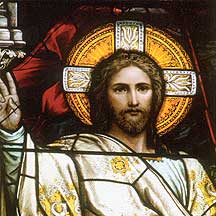
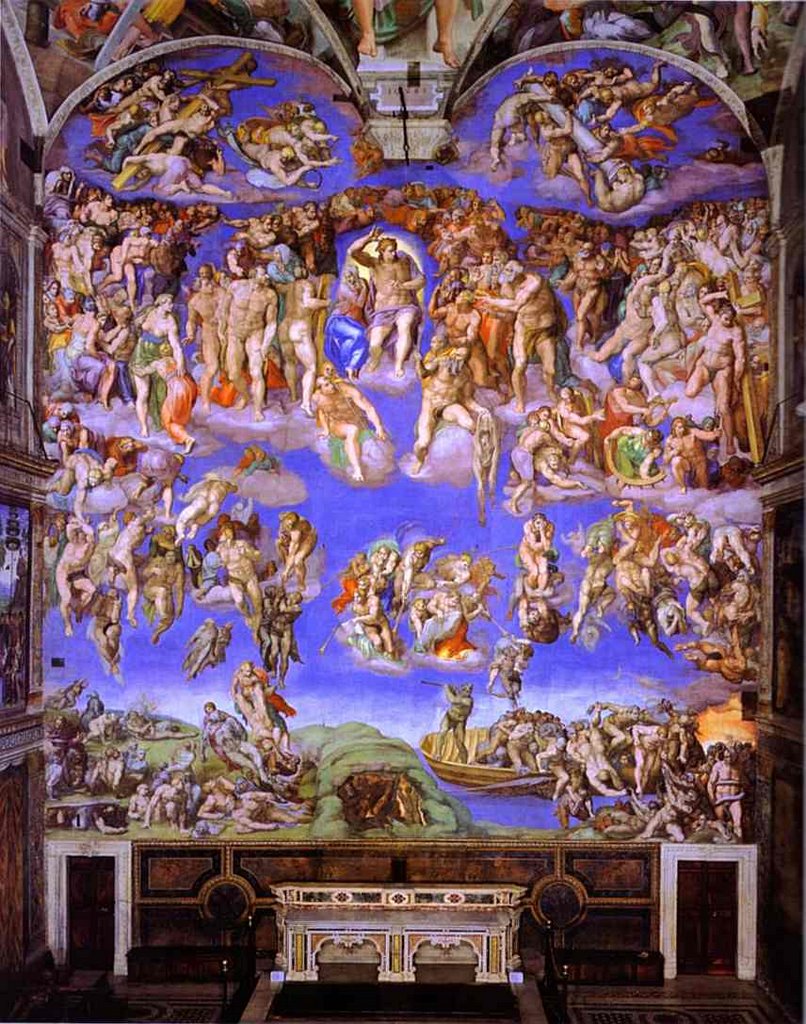


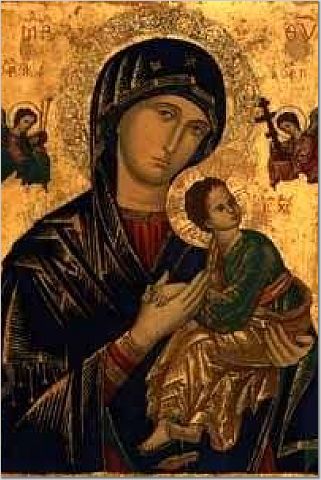



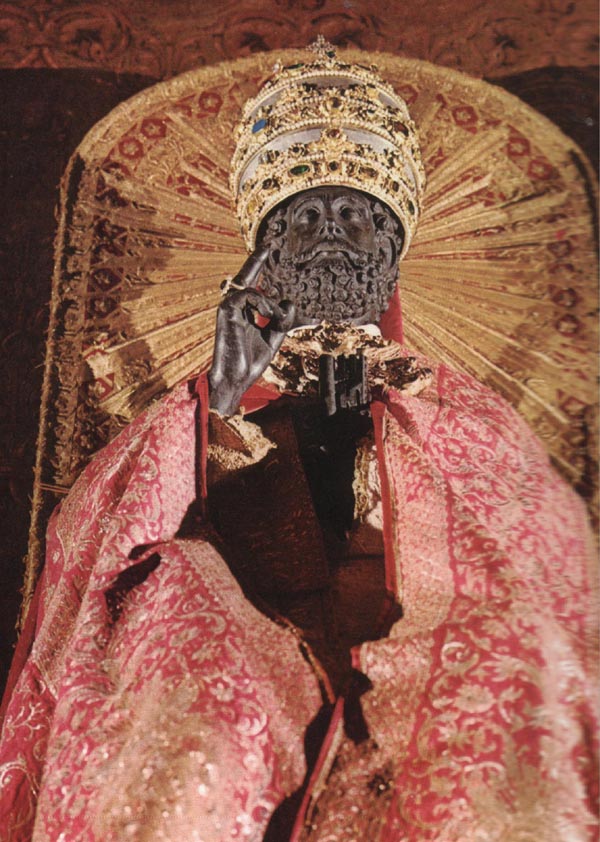
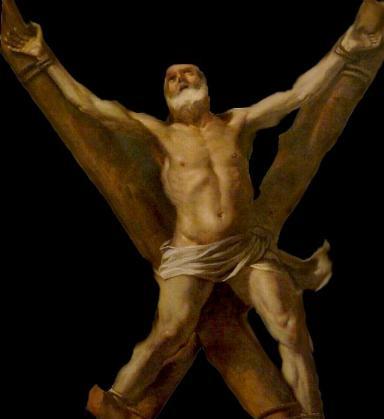

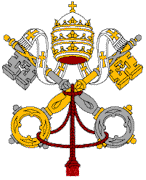


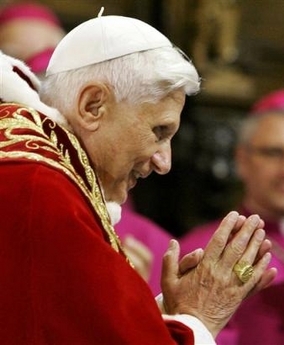






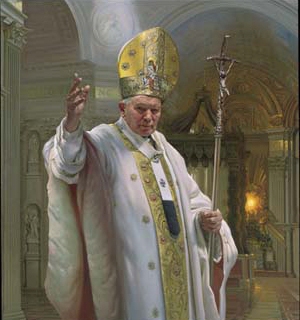
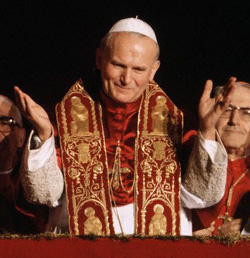
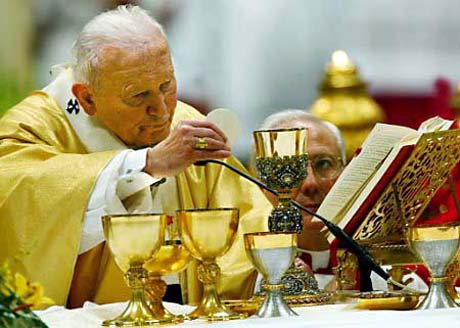
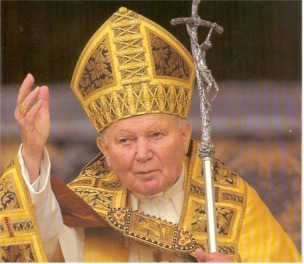






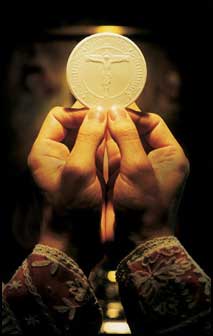
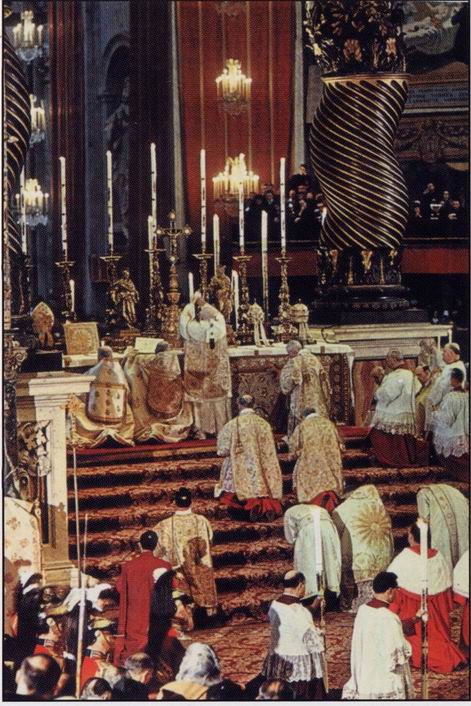

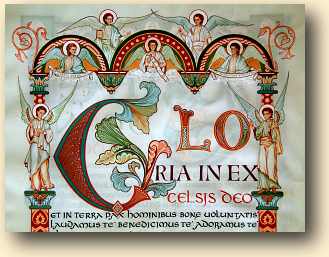

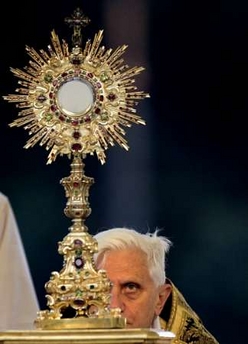


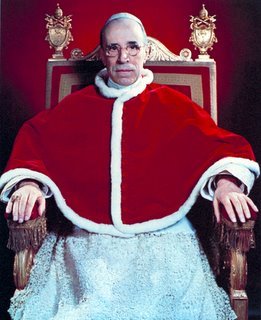




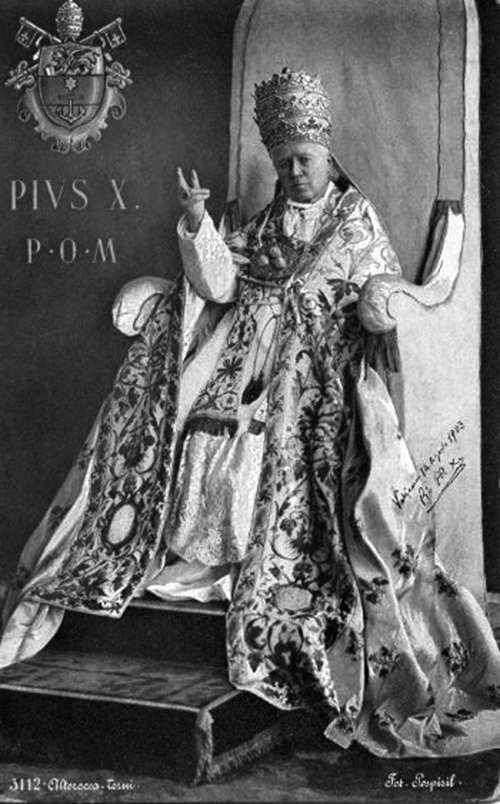



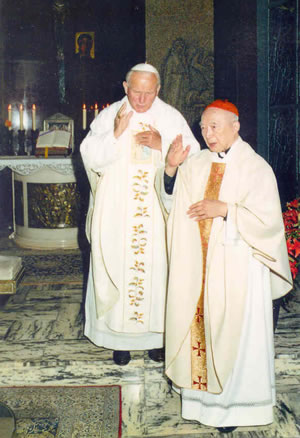






14 comments:
this is really big AGAPE for our loved Lord Jesus
Echnaton
Good grief, what a way to go. Such brave souls, they're really an inspiration. Thanks for posting this, Andrew, very educational.
I enjoyed ever bit of the post. I'll be going to Vietnam in Oct.
What a magnificent post! Thankyou
Andrew, thank you very much for posting this. It's precious information for everyone of faith. Thank you especially for posting the pictures. I had looked for pictures of these holy martyrs some years ago for use in my holy card art, and could not find any then. It's very good of you to accomplish this great effort.
Thanks everyone, for your kind comments. Paul, do let us know how your trip goes. The Church there is very lively, if what Cardinal Pham told me was true.
Thank you so much Andrew. We do well never to forget what our forefathers have done to preserve the Faith.
Hmm.. I'll get to it.. St Thomas Aquinas overtook St Edmund Campion eh?
Just found your blog and must say I'm very impressed. Mainly with all your pictures. I have a holy card site and I really love bloggers who use religious art of some sort. Yours is excellent. If you ever want to use any of mine, please feel free to help yourself.
Thanks, Micki, for your generous offer and do feel free to pop by sometime...
Andrew, thank you very much for posting this. However, I want to point out one error that is the very first picture (http://www.rc.net/malaysia/collegegeneral/koreanmartyrs.JPG) in the topic is clearly noted that is "103 Martyr Saints of Korea"
Good catch Ngugen.
The College General Major Seminary also celebrates the Martyrs of Korea as 2 of their former professors were martyred there.
They are St. Laurent Imbert, bishop and St. Jacques Chastan, priest. St. Chastan was also formerly parish priest at my parish.
wow, you have a relic of the Vietnamese Martyrs???
If you can, tell me how to get one.
Hi Andrew,
very interested in images 2-8. Do you have any information on who made them? Are they by Vietnamese? And in what years, decades etc ? Interested in the history of Christian graphic art in Vietnam. If you have any data on any of those you posted would be most interested to hear from you. Kerry
Post a Comment